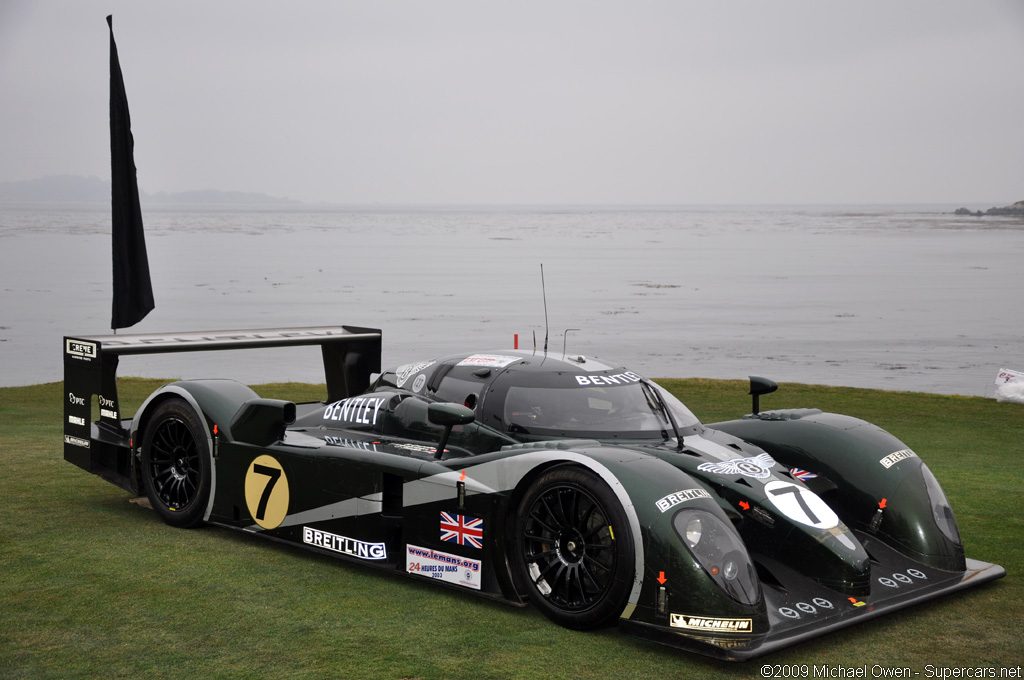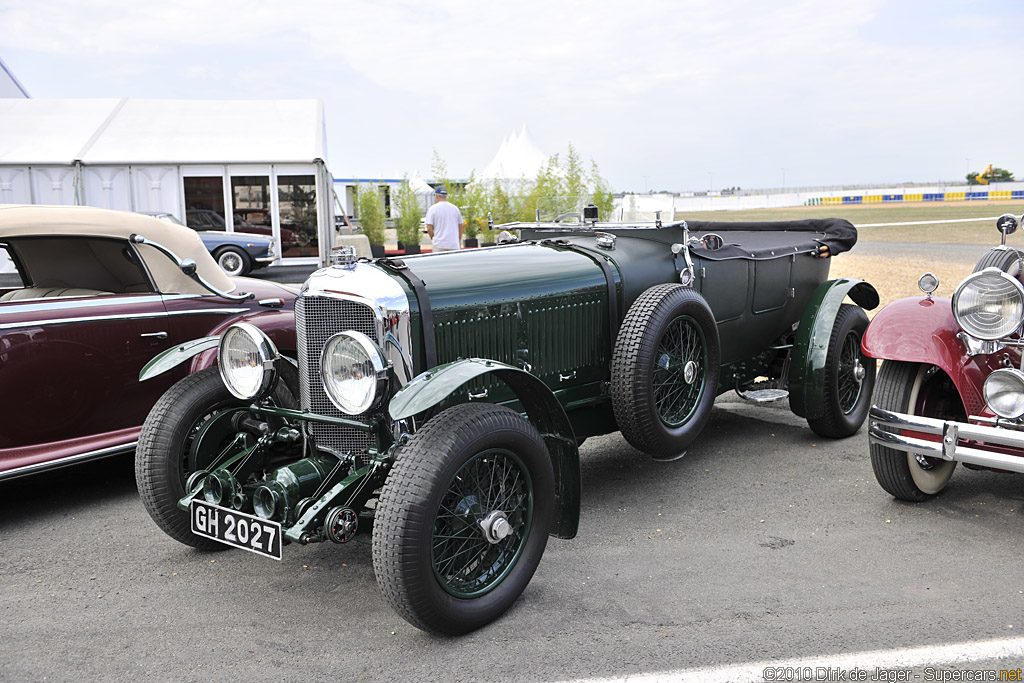A selection of the best racing cars from British marque Bentley through the years
Bentley EXP2
Where better to start than right at the beginning? Bentley’s motorsport journey began with the debut of the EXP2 at the 1919 Olympia Motor Show. The car on display was a static model as its engine was still in development (the EXP prefix on Bentley models literally stands for experimental).
The successor to Bentley’s first prototype, the EXP1, which was built in W.O. Bentley’s workshop in New Street Mews, London, the EXP2 built on the successes of the lightweight chassis and 3.0-litre, four-cylinder engine to create one of the most potent racers of its time.
With an output of 175hp, the EXP2 was a formidable machine on the racetrack for its day.
Bentley’s works racer first turned a wheel in anger at Brooklands – famously cited in the name of future Bentleys – with Frank Clement taking victory at the wheel. This was by no means to be the EXP2’s only success – by the time it was sold for £425 to lorry manufacturer JE Foden it had 11 wins under its belt. A premonition of Enzo Ferrari’s “fastest lorries” comment? Quite possibly…
Bentley Speed 8
Somewhat more recent than the EXP2, though now ancient by endurance racing standards, the Speed 8 was Bentley’s Le Mans challenger in 2003. Its swooping racing green lines hid a growling 4.0-litre, twin-turbo V8 engine produced in conjunction with fellow VW-Group marque Audi.
That engine, coupled with some advanced aerodynamics tweaked from previous Speed 8s, propelled Audi to their first victory at Le Mans in 73 years – not since the Bentley Boys era of the 20s had the British brand been on the top step of that particular podium.
It was a fairly short racing career for the car that Tom Kristensen (later a winner again with VW Group’s campaigning Audis) piloted to the top – only 2 weeks prior to victory it had received its first shakedown, and the Speed 8 was retired almost straight after its crowning glory.
Bentley Speed Six
The most successful racer in Bentley’s history had come some time before the Speed 8. In the twenties, Bentleys were raced on road and on track by a group of gentleman drivers. The Bentley Boys were notorious for their exploits, taking the fastest cars Bentley had to offer in their day and pitting them against virtually anything they could race, in cross-continental epics that became the stuff of legend.
It’s the Bentley Speed Six that stands out as the most famous of the period. Designed as a more focused racing version of the road going Bentley 6.5-litre, the Speed Six took the chequered flag at Le Mans with Bentley Boys Tim Birkin, Glen Kidston and Woolf Barnato at the helm in 1929 and 30.
Not content with winning the most prestigious race in the world at the time, Woolf – then Bentley’s chairman – took a Mulliner coach built Speed Six on the road, challenging the famous Blue Train to a race across France. Despite a puncture and challenging conditions on their overnight jaunt, Woolf and co-driver Dale Bourne reached their club in London before the train drew up to the platform in Calais, taking a £100 bet as the spoils for their achievement.
Bentley Continental GT3

Foto: Gruppe C GmbH
The current Bentley Continental, in road-going trim, tips the scales at 2,200kg – hardly an easy starting point for a GT3 Racer. A lot of that weight has to be removed before it can hold its own up against a grid of mid-engined, carbon-fibre-tubbed Ferraris and McLarens.
Starting by removing the front drivetrain isn’t a bad idea. This isn’t only for the purpose of saving weight, but also because GT3 cars must be rear-wheel-drive. Much of the interior is stripped out as part of the crash diet, leaving the Continental basically a bare body shell with a 4.0-litre V8 crackling and howling through twin side-exit exhausts. The road car’s doors are removed, with carbon fibre doors taking their place on the racer.
All that weight saving adds up, along with a bit of adjustment of the engine position, to give the Continental GT3 Racer near-perfect weight distribution. With the engine running up to 600bhp in race trim, plus some clever aero and minus almost a ton in weight, the Continental is a formidable racer against any of the competitors in its class.















